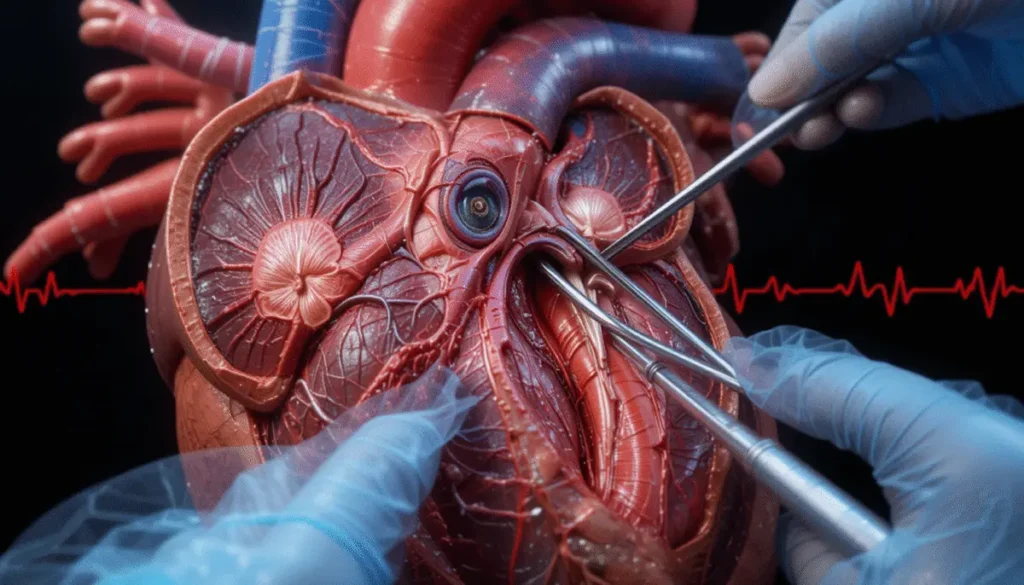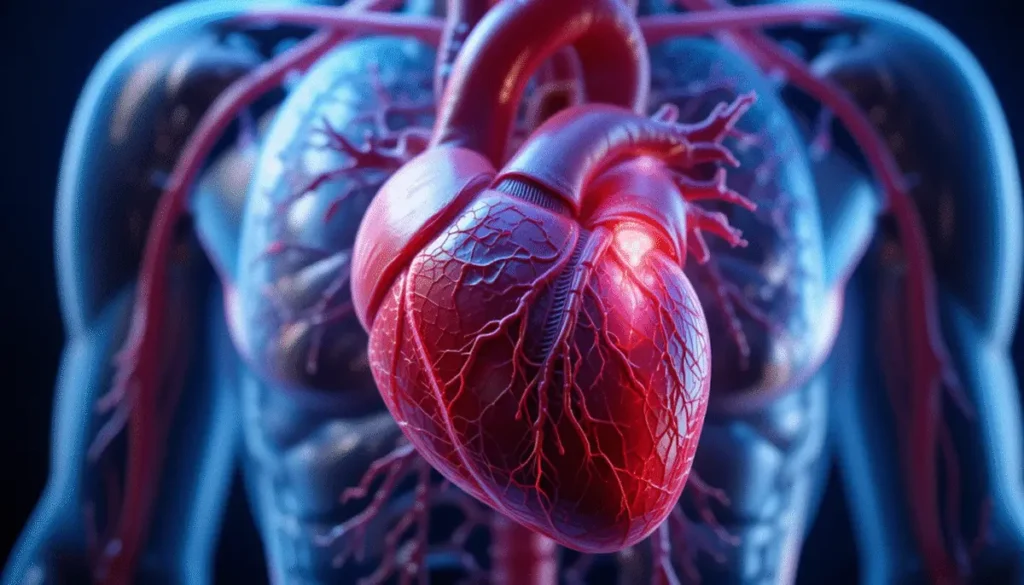Myocardial infarction (MI) remains one of the leading causes of mortality worldwide. Prompt recognition and rapid initiation of treatment are critical in improving patient survival. This guide focuses on the acute management of STEMI (ST-segment elevation myocardial infarction) — the most severe form of MI — using a case-based approach and step-wise treatment protocol.
🧑⚕️ Clinical Case Overview
A 55-year-old man presents to the emergency department with crushing chest pain radiating to the left arm and jaw. He has a history of type 2 diabetes, hypertension, and smoking. ECG shows ST segment elevation in leads V1–V4, and cardiac enzymes are elevated.
Diagnosis: Anterior wall STEMI
🩺 Step 1: Initial Stabilization & Medical Therapy
Begin treatment as soon as STEMI is identified, even before reperfusion is performed.
✅ Immediate Medications:
- Oxygen – If O₂ saturation is <90%
- Aspirin 325 mg – Irreversible antiplatelet, reduces mortality
- Clopidogrel (P2Y12 inhibitor) – Blocks platelet aggregation
- Sublingual Nitrates – Reduces preload and relieves pain
- Beta Blockers – If no hypotension or bradycardia; prevents arrhythmias
- High-Dose Statin – Atorvastatin 80 mg preferred
- Anticoagulation – Low-molecular-weight heparin (preferred over UFH)
🔥 These interventions can significantly reduce infarct size and early mortality.
💉 Step 2: Manage Symptoms & Complications
- IV Nitroglycerin – For persistent pain or uncontrolled hypertension
- IV Morphine – For pain not relieved by nitrates; also reduces preload
- IV Atropine – For bradycardia and hypotension
- IV Furosemide (Lasix) – If pulmonary edema develops
🔧 Step 3: Reperfusion Therapy (Within 12 Hours!)
Reperfusion is time-sensitive. The goal is to open the blocked artery and restore blood flow:
1. Primary PCI (Percutaneous Coronary Intervention)
- Gold standard if available within 90 minutes of hospital arrival
- Balloon angioplasty + stent placement
- Preferred if:
- PCI can be performed within 120 minutes
- Patient presents within 12 hours of symptom onset
2. Thrombolysis (If PCI unavailable)
- Agents: tPA (tissue plasminogen activator) or streptokinase
- Indicated if PCI is delayed beyond 120 minutes
- Risk: Clot debris may cause secondary thromboembolism
❌ Do not attempt reperfusion if patient presents after 12 hours, unless ongoing ischemia is present.
🧠 Step 4: Secondary Prevention
After acute care, focus shifts to long-term secondary prevention:
Discharge Medications:
- Aspirin + Clopidogrel (Dual Antiplatelet Therapy)
- Bare-metal stent: 30 days
- Drug-eluting stent: 12 months
- Beta Blockers – Prevent arrhythmias
- ACE Inhibitors – Reduce afterload, prevent remodeling
- High-dose Statin – Lower LDL and reduce future events
- Glycemic and Blood Pressure Control
Lifestyle Advice:
- Quit Smoking
- Low-fat diet, high in vegetables and fiber
- Daily exercise as tolerated
- Monitor for medication compliance (especially antiplatelet drugs)
🚨 Stent thrombosis within 12 months is often due to poor compliance with antiplatelet therapy.
🧠 Summary Table: STEMI Management
| Step | Action |
|---|---|
| 1 | Oxygen, Aspirin, Clopidogrel, Nitrates, Beta-blockers, Statins, Anticoagulation |
| 2 | Manage pain (Morphine), HTN (IV Nitrates), Pulmonary edema (Lasix), Bradycardia (Atropine) |
| 3 | Primary PCI within 90–120 min OR thrombolysis if PCI unavailable |
| 4 | Dual antiplatelet therapy, Risk factor control, Long-term meds, Cardiac rehab |



